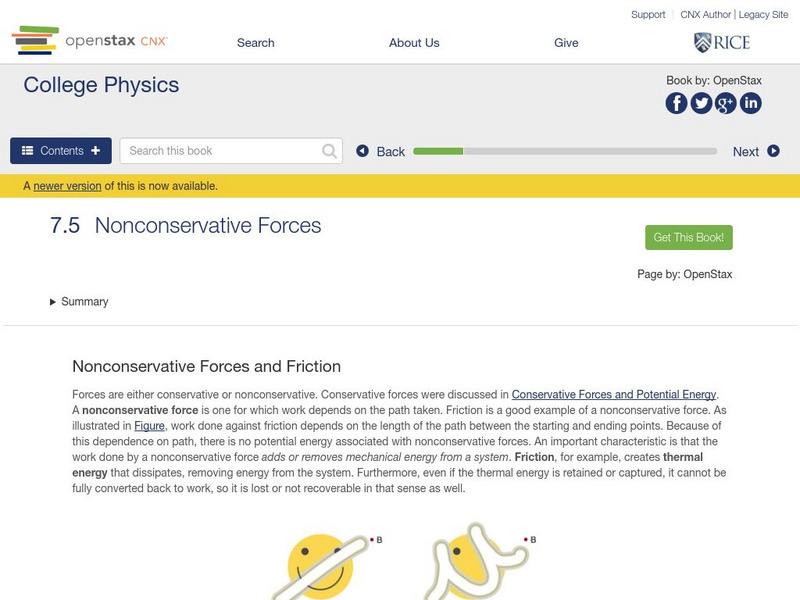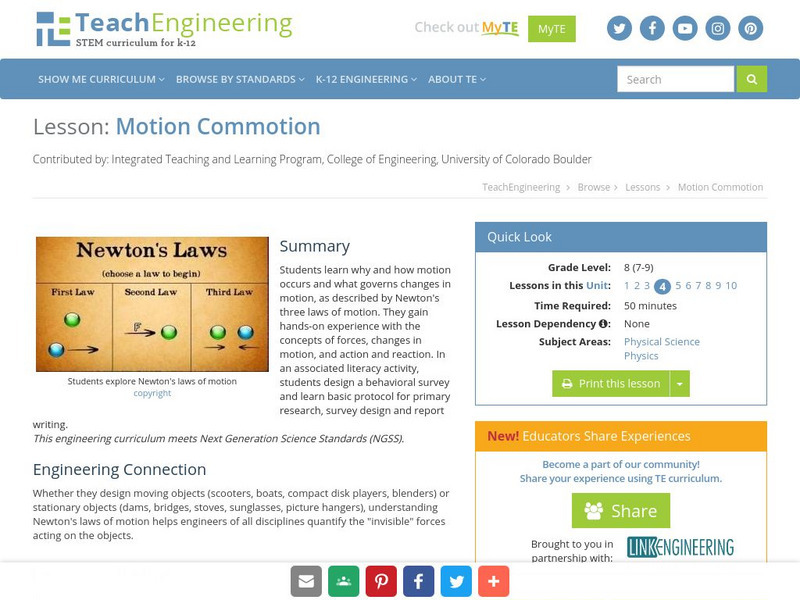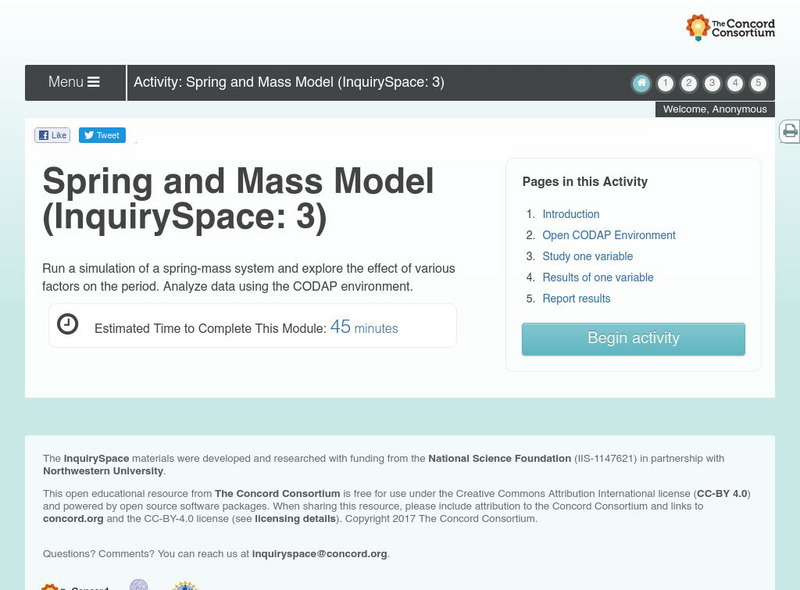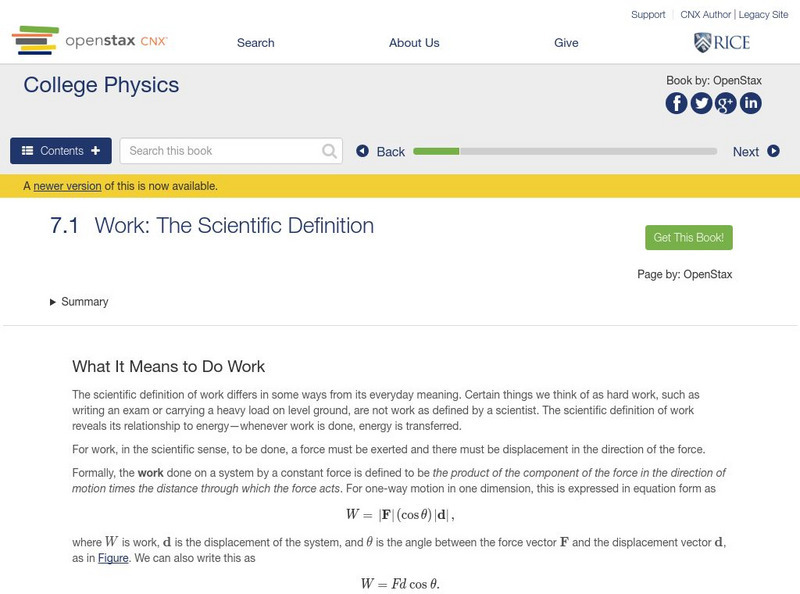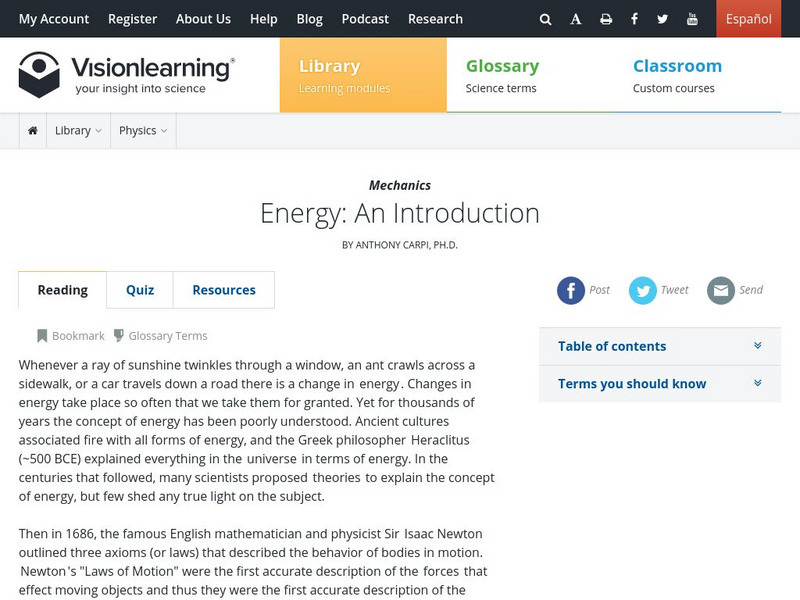Hi, what do you want to do?
Curated OER
Looking Blue
Young scholars participate in a research project that is exclusively using the internet. The author states that traditional labs are hard to conduct for a light lab. This one uses the internet with the intention that students can...
Curated OER
Twister: The Tornado Story
Students examine dangerous weather by researching tornadoes. In this extreme weather instructional activity, students identify the states included in Tornado Alley. Students create a virtual tornado using 2 plastic bottles.
Curated OER
Worksheet 19
In this math worksheet, students use the following descriptions of a spring system to write a differential equation of the form my + γy + ky = F(x).
Curated OER
Cost Effective Egg Drop
Learners create cost effective ways to protect an egg. In this cost conscious lesson plan, students complete an egg drop activity while spending the least amount of money possible.
Curated OER
Science Word Search
In this science learning exercise, students look for the words that are related to the theme of the sheet in the word search. They also work on spelling skills.
Curated OER
Virial Theorem Lesson
Ninth graders describe how equilibrium can occur as the balance of two effects. They model the stability of elliptical galaxies based on how fast stars within the galaxy are moving.
Discovery Education
Discovery Education: Motion, Forces, Energy and Electricity
Help your students understand motion and force through the construction of catapults.
Center of Science and Industry
Cosi: Force and Motion Teacher Guide
Pick from these hands-on lessons provided by COSI to learn more about Newton's Laws of Motion.
Utah State Office of Education
Utah State Office of Education: Force, Energy, & Motion
A unit on energy, force, and motion presented with interactive and classroom activities. Students gain an understanding of weight, mass, potential and kinetic energy, sound, and heat with this engaging resource.
OpenStax
Open Stax: Nonconservative Forces
In the following interactive students will begin to define nonconservative forces and explain how they affect mechanical energy. They will show how the principle of conservation of energy can be applied by treating the conservative...
PBS
Pbs Kids: Activities and Videos: Force/energy
Videos that accompany activities that are hands-on challenges that focus on the engineering design process. They use simple materials, allow for multiple solutions, and are ideal for ages 9-12.
TeachEngineering
Teach Engineering: Motion Commotion
Students learn why and how motion occurs and what governs changes in motion, as described by Newton's three laws of motion. They gain hands-on experience with the concepts of forces, changes in motion, and action and reaction. In an...
BBC
Bbc: Gcse Bitesize: Forces and Elasticity Aqa
This lesson focuses on forces and elasticity. Forces are responsible for changing the motion of objects. If more than one force is present, the shape of an object can also be changed. A link to a test is provided.
Concord Consortium
Concord Consortium: Spring and Mass Model
An interactive tool where students can explore how a spring behaves, and how changing the elasticity, mass, push/pull force, and friction affect its motion or period. As the spring moves, its motion is shown on a distance-time graph.
Physics Classroom
The Physics Classroom: Motion of a Mass on a Spring
This tutorial investigates the motion of a mass on a spring and how a variety of quantities change over the course of time. Such quantities will include forces, position, velocity and energy - both kinetic and potential energy. Take the...
Physics Classroom
The Physics Classroom: Pendulum Motion
This tutorial investigates pendulum motion and how a variety of quantities change over the course of time. Such quantities will include forces, position, velocity and energy - both kinetic and potential energy. Take the interactive...
Concord Consortium
The Concord Consortium: Molecular Workbench: Forces and Systems
See how motion is converted and the energy associated with the motion is used to do work.
Ducksters
Ducksters: Physics for Kids: Motion Glossary and Terms
Kids learn about glossary and terms in the science of physics and motion. Definitions for words such as momentum, force, work, energy, gravity, scalar, vector, power, and more.
TeachEngineering
Teach Engineering: Ramp and Review (For High School)
In this hands-on activity - rolling a ball down an incline and having it collide into a cup - the concepts of mechanical energy, work and power, momentum, and friction are all demonstrated. During the activity, students take measurements...
TeachEngineering
Teach Engineering: Energy of Motion
By taking a look at the energy of motion all around us, students learn about the types of energy and their characteristics. They first learn about the two simplest forms of mechanical energy: kinetic and potential energy, as illustrated...
NC State University
The Engineering Place: Roller Coasters [Pdf]
A instructional activity where students construct a roller coaster and test it under different conditions to learn about force and motion.
TeachEngineering
Teach Engineering: Bombs Away!
In this hands-on activity students learn create a device to protect a dropped egg and deliver it close to a target. Students learn about engineering as well as potential and kinetic energy and energy transfer
OpenStax
Open Stax: Work: The Scientific Definition
In the following interactive students will begin to explain how an object must be displaced for a force on it to do work. They will also explain how relative directions of force and displacement determine whether the work done is...
Vision Learning
Visionlearning: General Science: Energy: An Introduction
Instructional module focusing on energy. Discussion includes forms of energy, conservation of energy, and the laws of thermodynamics. Site also includes an interactive practice quiz and links relating to the topic.














